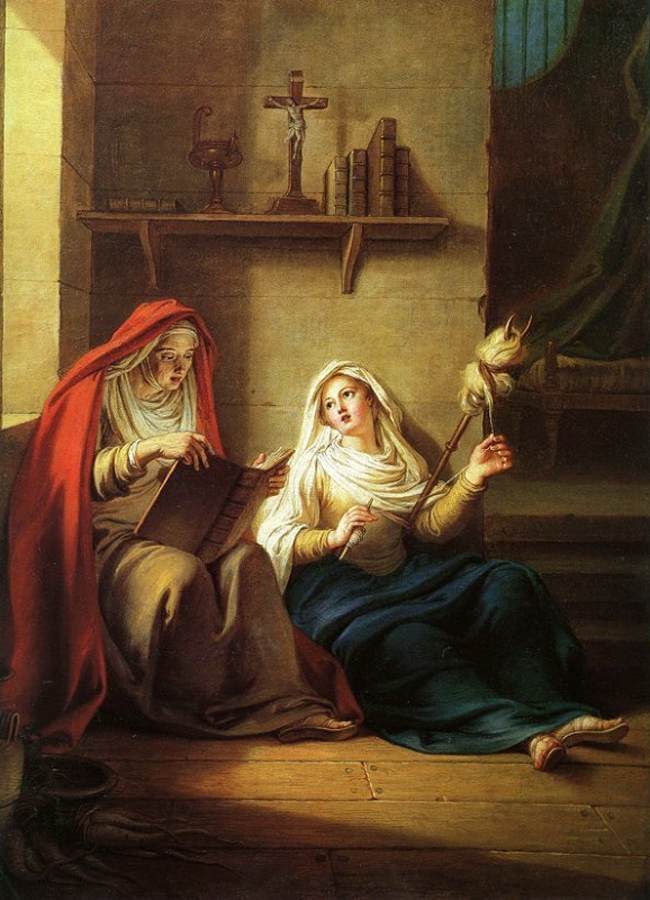Description
The painting "St Piamun and Her Mother in an Egyptian Village" by artist Charles-Antoine Coyector is an impressive work that stands out for its unique artistic style and carefully crafted composition. The work, which measures 106 x 78 cm, presents a vibrant and colorful scene portraying the Christian saint Piamun and her mother in an Egyptian village.
One of the most interesting aspects of this painting is its artistic style, which combines elements of realism and symbolism to create an image that is both realistic and mystical. The Piamun figure, for example, is realistically rendered, with carefully crafted details in her clothing and hair. However, her posture and facial expression suggest a sense of mystery and spirituality that transcends the merely physical.
The composition of the painting is also remarkable, with the figure of Piamun placed at the center of the image and surrounded by a variety of detailed elements that help create a sense of depth and movement. Piamun's mother, for example, is depicted closer to the viewer, which helps to emphasize the importance of her role in the saint's life.
Color wise, the paint is full of warm, rich tones that help create a feeling of warmth and vitality. The gold and red tones in Piamun's and his mother's clothing, for example, suggest a connection to the sun and vital energy, while the softer tones in the background of the image help create a sense of depth and distance.
Regarding the history of the painting, little is known about its origin and its exact meaning. However, it is believed that it was created in the 19th century and that it represents a scene from the life of Piamun, an Egyptian Christian saint who lived in the 4th century. Piamun is known for her devotion to God and dedication to helping the poor and needy, and this painting is believed to represent one of the most significant moments in her life.
In short, "St Piamun and Her Mother in an Egyptian Village" is an impressive work that stands out for its unique artistic style, carefully crafted composition, and rich color palette. Although its exact history is unknown, the painting remains a source of fascination and mystery for lovers of art and history.

